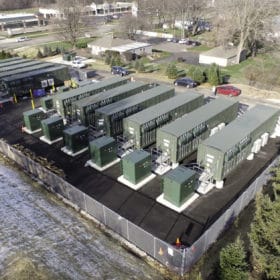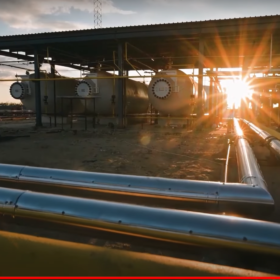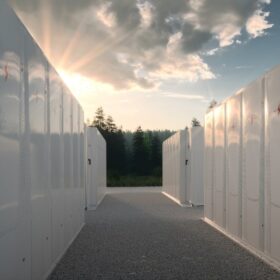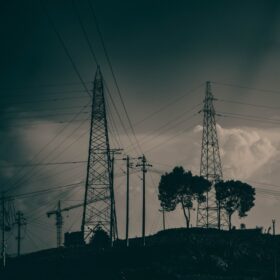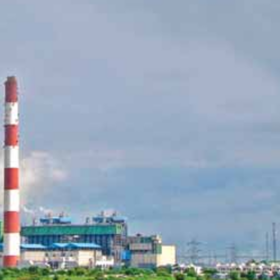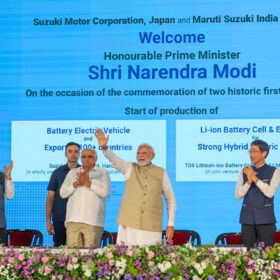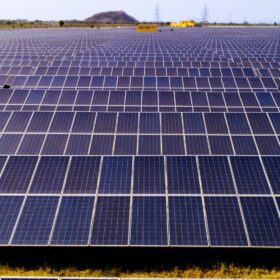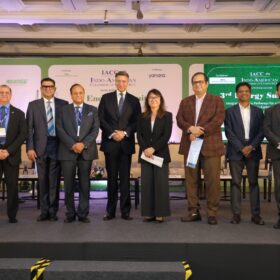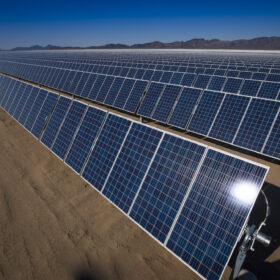Andhra Pradesh launches 2 GWh battery storage tender
Transmission Corp. of Andhra Pradesh Ltd (APTRANSCO) has invited bids for setting up a 2 GWh (1 GW x 2 hours) standalone battery energy storage system (BESS) in Andhra Pradesh. The project will be supported by viability gap funding (VGF) through the Power System Development Fund.
Acme Cleantech Solutions wins SECI’s 11th green ammonia auction at INR 64.74/kg
Acme Cleantech Solutions has secured annual supply of 20,000 tonnes of green ammonia to Indorama India Pvt. Ltd. (IIPL), Haldia, West Bengal, at a price of INR 64.74/kg.
Sunsure Energy, NVVN sign 500 MWh battery storage agreement for peak-hour power supply to UPPCL
Sunsure Energy has secured the agreement to supply power from a 125 MW/500 MWh standalone battery energy storage system (BESS), to be developed on a build-own-operate basis. NTPC Vidyut Vyapar Nigam Ltd (NVVN) will act as the intermediary procurer, with Uttar Pradesh Power Corp. Ltd (UPPCL) as the end procurer.
SAEL Industries commissions 298 MW DC solar project in Rajasthan
The solar project benefits from a 25-year power purchase agreement with Rajasthan Urja Vikas and IT Services Ltd at a tariff of INR 2.61 per kWh.
Cybersecurity in India’s energy and utilities sector
As India accelerates its energy transition and modernises its grid infrastructure, the energy and utility sector will move beyond its traditional functionality. Cybersecurity, once a back-office IT concern, is now at the front, especially for Operational Technology (OT).
Jaiprakash Power Ventures mulls 50 MW solar plant at Bina thermal site
Jaiprakash Power Ventures is considering setting up a 50 MW solar plant at its existing thermal power project site in Bina, Madhya Pradesh.
Prime Minister Narendra Modi inaugurates TDSG’s lithium battery cell, electrode manufacturing facility
Prime Minister Narendra Modi inaugurated the next phase of India’s battery ecosystem with the start of local production of battery electrodes at TDS Lithium-Ion Battery Gujarat Pvt Ltd (TDSG), Maruti Suzuki’s fellow subsidiary.
India installed 18 GW solar in first half of 2025, says Mercom report
India added 18 GW of new solar power capacity in the first half of 2025, with over 11 GW installed in the second quarter alone.
India finalizing CCUS Mission roadmap, outlay
The Union Government is finalizing the roadmap and financial outlay for the much-anticipated Carbon Capture, Utilisation and Storage (CCUS) Mission, said Rajnath Ram, Adviser for Energy, Natural Resources & Environment at government policy thinktank NITI Aayog.
India’s solar EPC evolution: Why boutique firms are attracting institutional capital
Boutique EPC companies prioritize efficiency, customization, and site-specific solutions, and they frequently outperform their larger counterparts in terms of cost-performance ratios.
